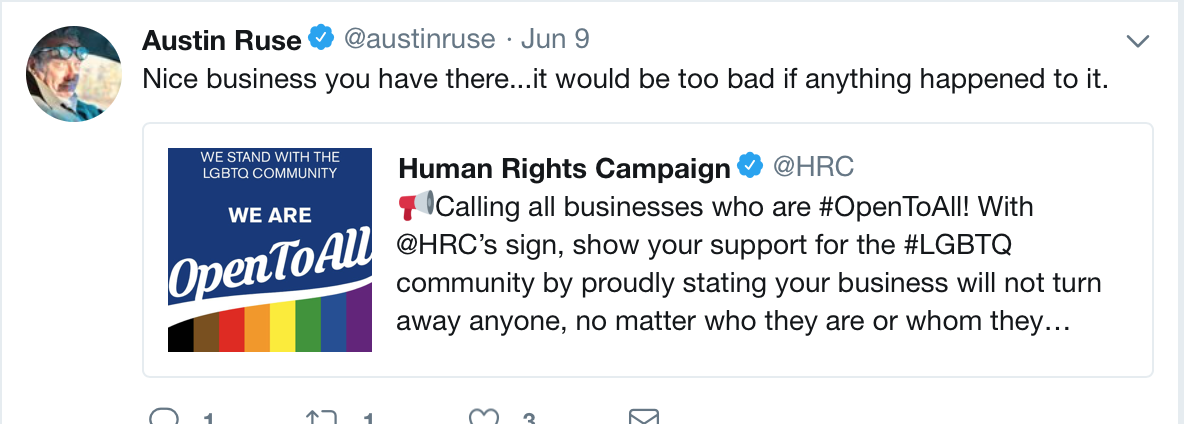

But fast food is not the poor man’s friend. That’s 63 percent of the cost of food for a single adult under the USDA’s “Thrifty Food Plan.”īesides money wasted on cigarettes, there is the belief, particularly harmful to the poor, that fast food is a cheap way to eat. Rector figured that very low food security smokers consumed nineteen packs of cigarettes per month, at an average cost of $112 per month. Using data from the National Health and Nutrition Evaluation Survey, Rector pointed out that 62 percent of adults “who reported they ‘did not eat’ for at least one whole day during the last 30 days before the survey because ‘there was not enough money for food,’ had smoked cigarettes during the month.” Lesson: stop smoking, eat, and feed your family. “Very low food security adults are much more likely to smoke than are food-secure adults, and money that is spent on cigarettes cannot be spent on food.”Īccording to Rector, “45% of adults with very low food security during the year smoked cigarettes during the 30 days before the survey.” He is not a no-smoking scold he is concerned about the cost of the habit. “Cigarette smoking is a major cause of very low food security,” Rector told Congress. In a pinch, an adult can fill his stomach and meet all his daily calorie needs with healthful but inexpensive foods for a dollar a day.” How is it possible for Americans not to be able to feed themselves? Rector pointed out, “In fact, filling a stomach is quite cheap 1,000 calories of rice, purchased in bulk, costs only 30 cents. In congressional testimony in the summer of 2015, Heritage Foundation hunger and poverty expert Robert Rector said, “For Americans to go without food for an entire day represents a social problem, but it is a problem that is limited in scope, and it requires a well-informed policy response.” About 7 percent are elderly, and a whopping 89 percent are non-elderly adults. Only 4 percent of the food insecure are kids. It should be clear that though children are usually trotted out as at most risk of hunger, it is really adults who are most exposed to food insecurity. But the “anti-hunger” lobby is grossly exaggerating the scope of the problem-and proposing the wrong solutions. And the one child in a thousand who spent a whole day without eating equals about seventy-four thousand kids in the whole country. But in fact the one-in-165 USDA statistic yields a total less than one tenth of that number. Feeding America claims that thirteen million children are food insecure. One child in a thousand did not eat for an entire day because there was not enough money for food.

One child in 250 skipped at least one meal because of a lack of food resources. One child in 125 went hungry for at least one day because of a lack of money for food. But keep that “lack of money for food” in the back of your mind-more on it later.Īccording to the government, one child in 165 experienced very low food security. One adult in a hundred did not eat for a whole day because of a lack of money for food. One in thirty-five was hungry for at least one day because there was not enough money for food in the household. One in thirty adults in the United States is said to have experienced very low food security. Other stats from the survey do seem alarming at first. Is this really “hunger”? Who hasn’t had an unbalanced meal from time to time, or decided to go with the cheaper option on the menu? The USDA reports that the “eating patterns of one or more house- hold members were disrupted and their food intake reduced at least some time during the year because they couldn’t afford enough food.” Those households reported cutting back on intake-but also eating unbalanced meals or relying on cheaper food.

This ought to be a tip-off that something is fishy with government hunger numbers. The 1995 report ties the lack of “food security” to lack of funds-an important fact to remember, in light of how the “food insecure” spend their money.īetween 19, the USDA defined four broad categories of food security: “food secure,” “food insecure without hunger,” “food insecure with moderate hunger,” and “food insecure with severe hunger.” In 2006, they changed their categories to persons with “low food security” and those with “very low food security.” They dropped “food insecurity with hunger” because not enough respondents reported that they felt hunger at any point during the reporting year. Starting in 1995, the USDA has conducted a regular survey of food security that measures food choices, intakes, shortages, and budgetary constraints.


 0 kommentar(er)
0 kommentar(er)
